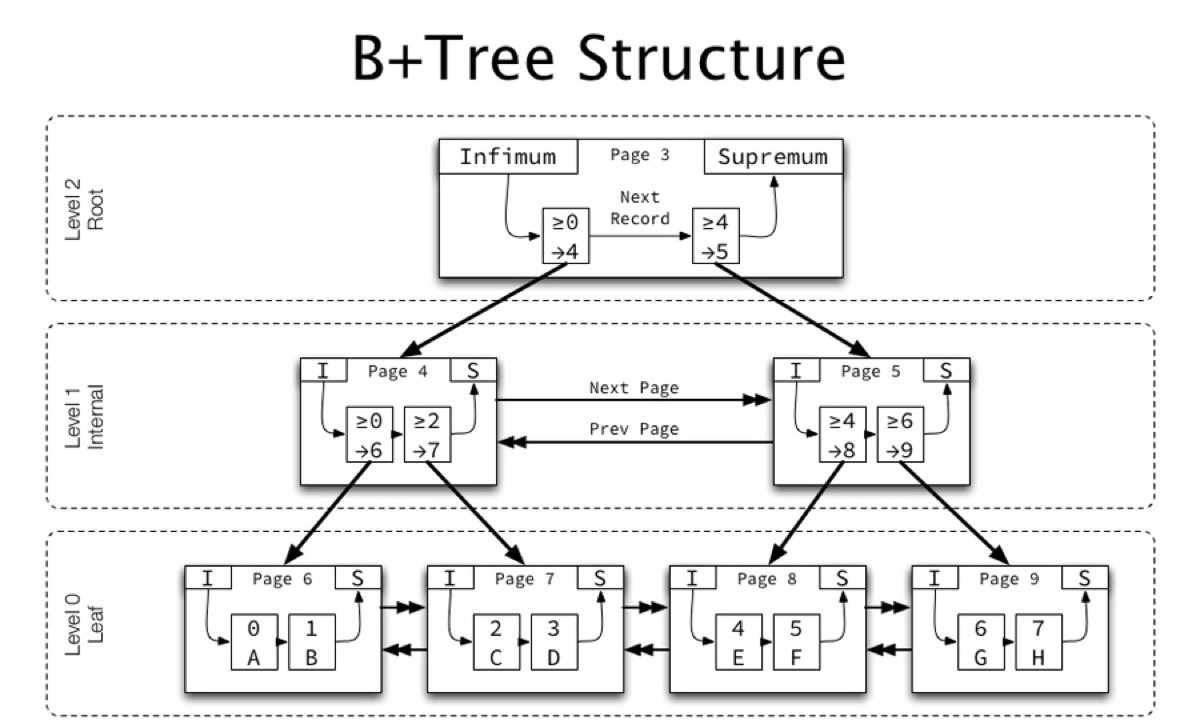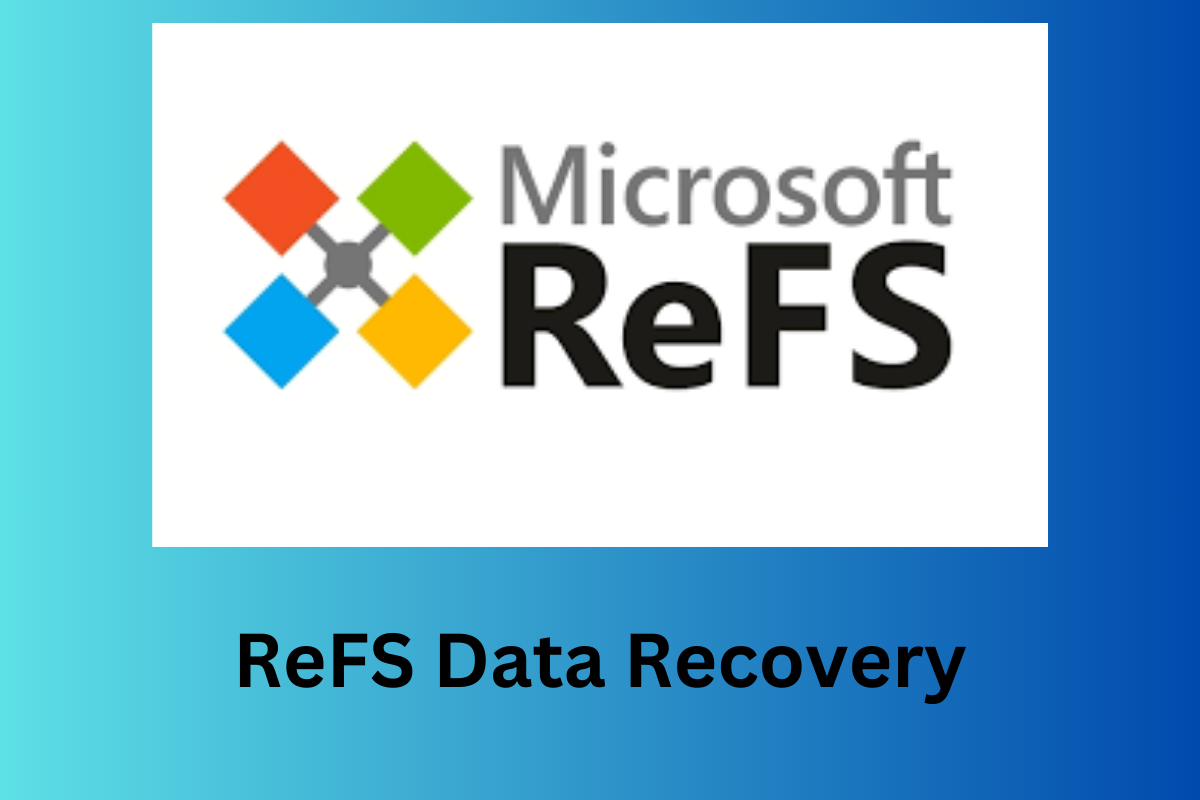Windows users must be very familiar with the common Windows file systems when trying to format a hard drive on Windows computers, like NTFS, FAT32, and exFAT, of which NTFS is the default file format for most contemporary versions of this OS.
However, Microsoft introduced a proprietary file system-ReFS with Windows Server 2012, included in Windows 10, which aims to make it become the next-generation file system of NTFS.
Reading the following text and getting an in-depth understanding of ReFS.
What is ReFS?
ReFS shorted for Resilient File System, is the latest file system of Microsoft, which was designed to keep the integrity of data, protect resiliency against corruption, and maximize the availability of data.
Aimed to address problems with NTFS, ReFS represented a series of functions updated from NTFS, although NTFS provides performance, reliability, and features not available in the older file systems.
The major design advantages of ReFS include automatic integrity checking and data scrubbing, eliminating the need to run CHKDSK, protecting data from corruption, handling very long paths and file names, built-in handling of hard disk drive failure and redundancy, etc.
ReFS was supported by Windows Server 2012 at the very first, and in that version of ReFS, Microsoft removed some NTFS features, like disk quotas, Alternate Data Streams (ADS), and extended attributes.
Because ReFS can handle very long paths and file names, it has a very low probability of making data corruption during power failure and it works well with Windows storage space introduced in Windows Server 2016.
Although ReFS is a wonderful file system for Windows users, it is not compatible with all operating systems. You can take the following list to check whether your operating system supports ReFS.
- Windows Server 2022/ 2019/2016/2012
- Windows 8.1 and later
Advantages and disadvantages of ReFS
Every coin has two sides and ReFS is no exception. Here we list the advantages and disadvantages of ReFS.
Features of ReFS
Automatic integrity checking and data scrubbing
ReFS can help you to detect and correct data corruption without running CHKDSK. It also periodically scans the volume for latent errors and repairs them using redundant copies of data provided by Storage Spaces or mirror-accelerated parity.
Allow large scalability and built-in resilience
ReFS uses B+ trees for all structures stored on disk, including all metadata and file data, which reduces the number of I/O operations needed to access data. ReFS can easily handle file sizes of up to 16 EB, up to 18.4 × 1018 directories, and up to 1 YB (volumes with 64 KB clusters), which allows large scalability with no practical limits on file and directory sizes.

ReFS uses an allocate-on-write update policy for metadata, allocating new blocks and using bulk IO for each update; all ReFS metadata is stored independently with a 64-bit checksum. File data can have a separate optional "integrity stream" checksum, in which case the file update policy also implements allocate-on-write; the new "integrity" property can be applied to files and directories. If file data or metadata is corrupted, files can be deleted directly without having to maintain the entire volume offline, and files can be restored from backups.
Storage virtualization and mirroring
ReFS integrates seamlessly with the storage space, and the storage virtualization layer allows data to be mirrored or striped, and As a shared storage pool between machines. ReFS's recoverable features enhance the mirroring capabilities provided by Storage Spaces by detecting if any mirrored copies of files have been corrupted using a data scrubbing process (optionally enabled), which periodically reads all copies and verifies their checksums, then replaces the corrupted copies with good copies.
Cons of ReFS
Although it has kinds of wonderful features, it still has some drawbacks. You can't switch to ReFS from NTFS, in other words, without data loss, you can't convert an NTFS disk to a ReFS disk. In addition, ReFS currently doesn't support system drive formatting.
Moreover, Windows cannot boot from a ReFS file system, but an NTFS file system. You can currently only use ReFS with Storage Spaces. Windows 10 does not allow you to format any old partition as ReFS, either.
ReFS VS VTFS
Though ReFS has borrowed most of NTFS's functionality, ReFS is still currently not a complete replacement for NTFS. There are some differences between them.

Scalability: We mentioned above, the large scalability is the main feature of ReFS, which provides a maximum capacity of 262,144 exabytes, while NTFS only provides 16 exabytes. ReFS can easily handle long paths and file names, so the maximum path length in ReFS is 32,768 characters, whereas the maximum file path length in NTFS is 255 characters.
Resilience: ReFS allows you to detect and correct data corruption without using CHKDSK manually, and it will finish the process automatically. But NTFS uses log files and checkpoints, so you need to manually run CHKDSK in the event of system failure.
Performance: NTFS improves performance with features such as disk quotas, file compression, and resizing, but ReFS's mirror-accelerated parity provides even better performance and more efficient storage.
Compatibility: NTFS is compatible with all versions of Windows, while ReFS is only compatible with newer versions of Windows, like Windows Server 2012, Windows 8.1, and later.
If you think this post is informative, click the below button to share it on your social media.
FAQ about ReFS
- QWhat is ReFS file system?
-
A
ReFS is the sixth version of the Windows Server operating system by Microsoft, designed to overcome problems that had become significant over the years since NTFS was conceived.
- QIs ReFS replacing NTFS?
-
A
Although Microsoft is working to change the Windows 11 file system to ReFS, you can only boot your Windows from the NTFS file system. At least for now, it can't replace NTFS in Windows.

